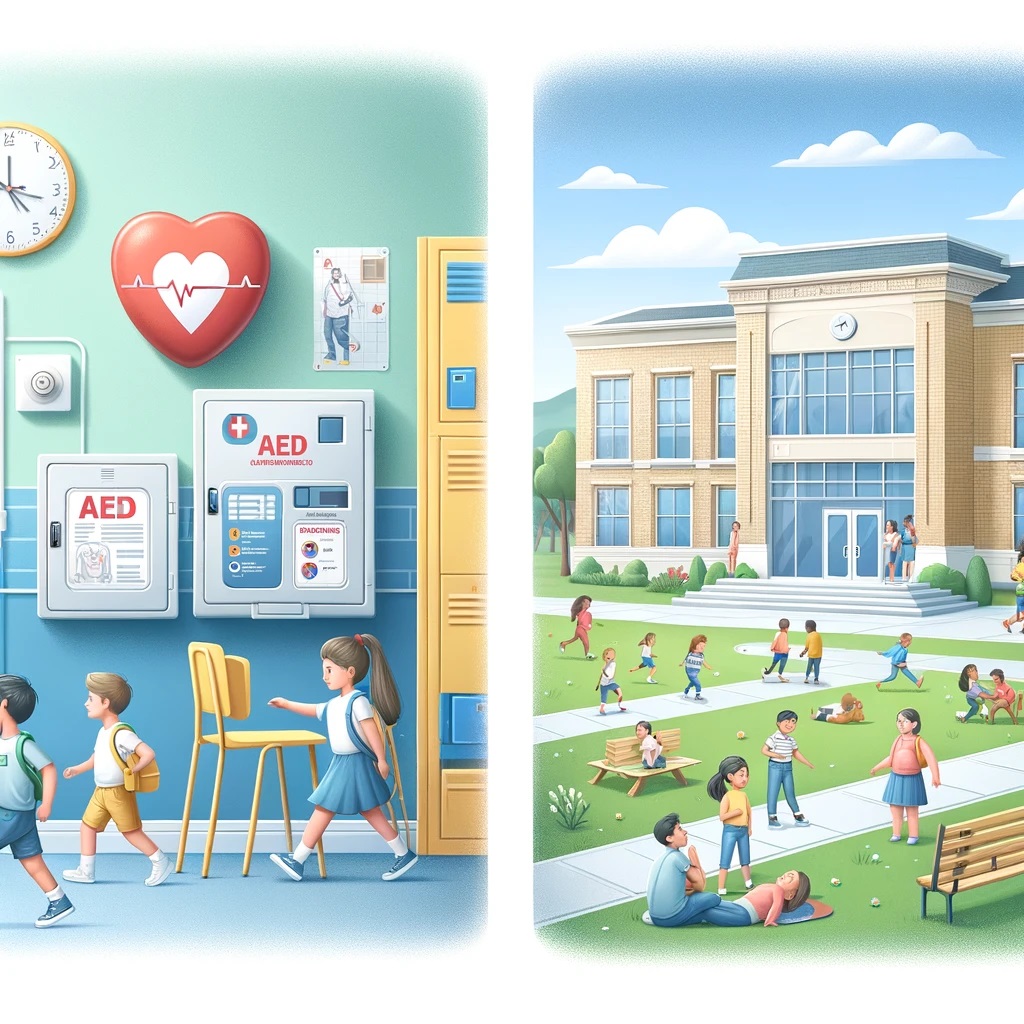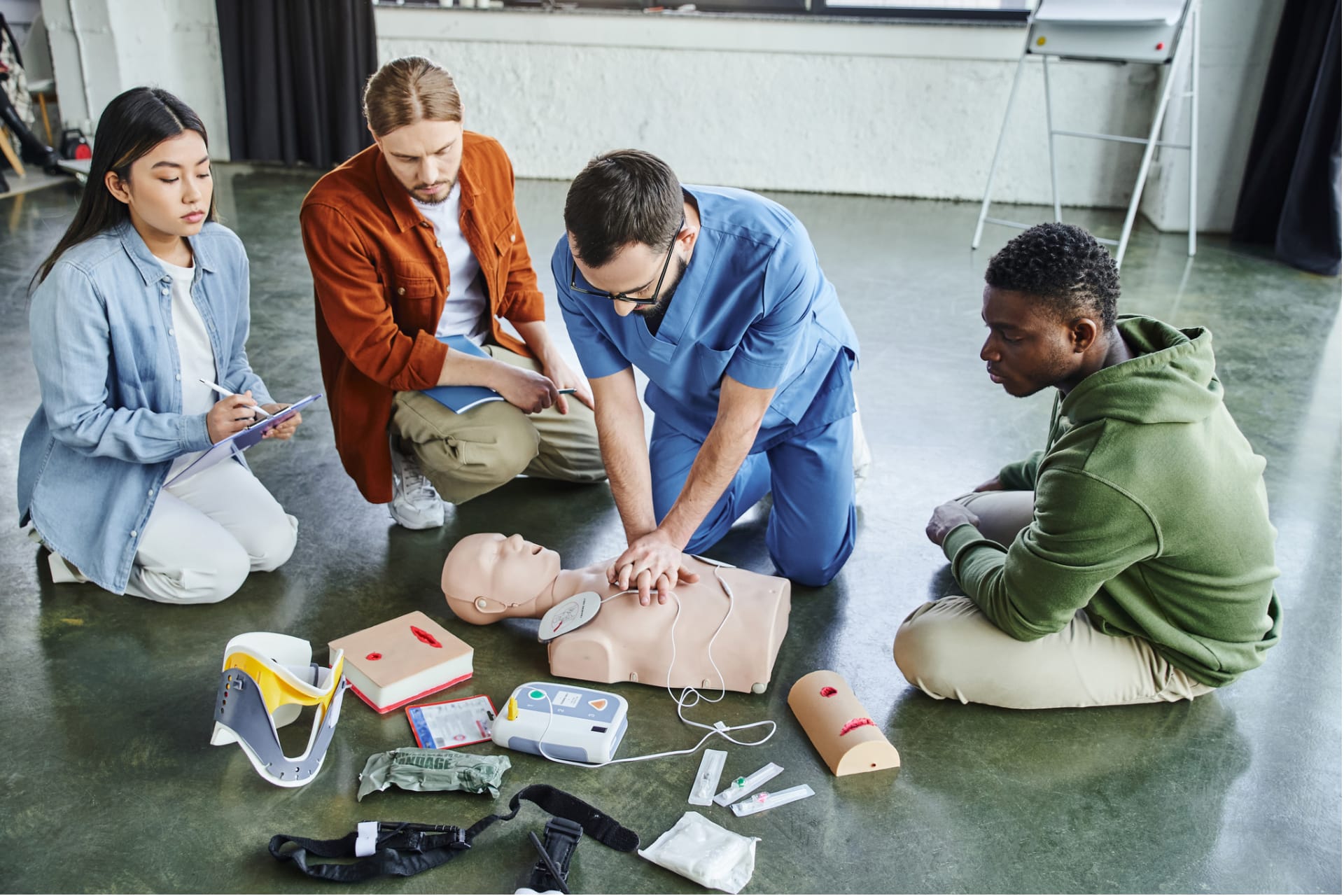Should an AED Be Used Before or After CPR?
Every second counts when it comes to saving a life. In moments of emergency, when an individual collapses and displays no signs of life, those precious seconds can seem to stretch on forever. But if you’re equipped with both knowledge and the right tools, you can become the bridge between life and death.
One question that often arises in such a situation is, should one initiate cardiopulmonary resuscitation (CPR) or use an automated external defibrillator (AED) first?
At GotAED, we’ve delved deep into this subject to bring clarity and understanding. Our aim is to empower bystanders and responders with the information they need to make the best decision in the critical moments following sudden cardiac arrest (SCA).
Key concepts to understand
The Chain of Survival
The Chain of Survival is a term we at GotAED hold close to our hearts. It isn’t just a phrase—it’s a structured approach that increases the chances of survival after someone suffers a sudden cardiac arrest. This chain comprises four essential links:
- Immediate Recognition and Calling for Help: Recognizing the signs of SCA and alerting emergency services as soon as possible.
- Early CPR: Administering chest compressions and, if trained, mouth-to-mouth resuscitation can keep the blood flowing and oxygenate the body.
- Rapid Defibrillation: Using an AED to deliver an electric shock and attempt to restore the heart’s normal rhythm.
- Advanced Life Support and Post-Cardiac Arrest Care: Delivered by healthcare professionals, this step ensures the patient receives the necessary medical intervention after revival.
These steps, when executed rapidly one after the other, can significantly improve the chances of survival and long-term recovery.
Good Samaritan laws
For those of us who aren’t medical professionals, the thought of intervening during a medical emergency can be daunting. What if we make a mistake? What if our actions lead to complications? This is where Good Samaritan laws come into play.
In essence, Good Samaritan laws protect individuals who offer help during emergencies from being prosecuted or sued for unintentional harm or mistakes, provided they acted in good faith. These laws are in place to encourage bystanders to step in without the fear of legal consequences. The specifics can vary from one jurisdiction to another, but their core purpose remains the same: to enable quick assistance and potentially save a life.
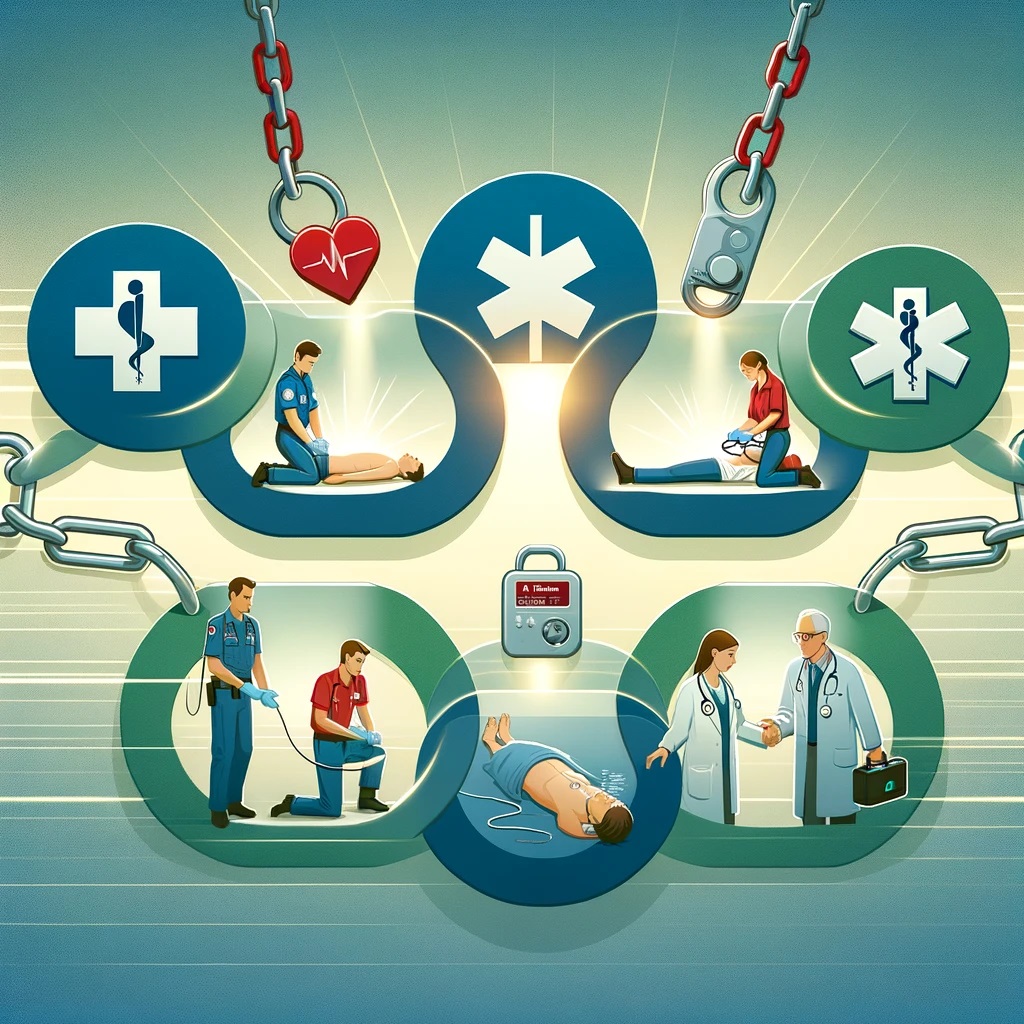
AED vs CPR: Which comes first?
Scientific basis and prevailing guidelines
Cardiac arrest doesn’t just strike out of the blue. It’s a dire emergency where the heart stops pumping blood to the rest of the body, including the brain. In these situations, time becomes the most crucial factor. Both CPR and AED are life saving solutions, but their order of application is crucial.
1. American Heart Association and other international recommendations
Consensus among health professionals, including the American Heart Association (AHA), states that CPR should commence immediately after recognizing a cardiac arrest. If an AED is accessible, it should be used as swiftly as possible. The guidelines from AHA emphasize starting CPR with chest compressions, often referred to as hands-only CPR for untrained bystanders.
2. Underlying rationale for the CPR-AED sequence
The heart relies on a certain amount of oxygen to function correctly. During a cardiac arrest, the heart may still have some oxygen left, but it’s not being circulated. Starting CPR promptly ensures that whatever oxygen remains in the bloodstream can reach the vital organs, including the brain. Using an AED right after helps in attempting to restore a regular heart rhythm.
Real-world scenarios and considerations
1. Single rescuer vs. multiple rescuers
If you’re the only rescuer on the scene, starting CPR immediately becomes imperative. Once you’ve begun, if you realize an AED is nearby, you should use it at the earliest opportunity. For situations with multiple rescuers, one can start CPR while the other fetches and sets up the AED.
2. Presence or absence of a nearby AED
If there’s no AED around, focus should remain on delivering high-quality CPR. But remember, the sooner an AED is applied, the higher the chances of survival, so always be on the lookout or send someone to find one.
3. Consideration of the victim’s age
For infants and children, causes of cardiac arrest often differ from adults. Respiratory issues are more common culprits. In such situations, rescue breaths in addition to chest compressions might increase survival rates. If an AED is available, it should still be used, ensuring pediatric pads or settings are applied if the victim is under 8 years old.
Exceptions and special cases
While the aforementioned guidelines are generally accepted, there are circumstances that might warrant deviation. For instance, in cases of witnessed sudden cardiac arrest (like during an athletic event), using an AED immediately could be more beneficial, especially if it’s believed that the arrest resulted from a heart-related cause. However, these are rare exceptions, and the CPR-first approach remains the recommended course of action for the vast majority of cases.
Benefits of using an AED early
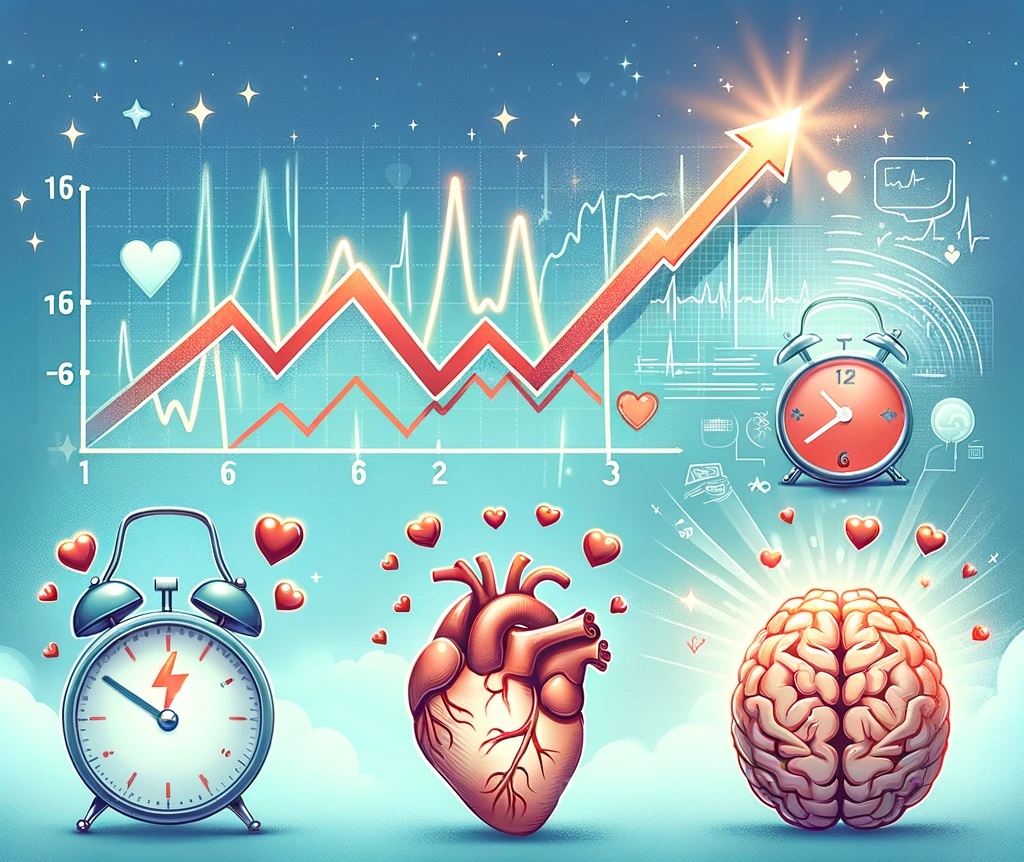
1. Impact on survival rates
Every minute that passes without defibrillation, the probability of survival diminishes by roughly 10%. This is a harrowing statistic. When we consider the time it takes for professional medical help to arrive, the urgency becomes even clearer. Early use of an AED, ideally within the first few minutes of cardiac arrest, has been shown to increase the chances of survival by as much as 50% to 70%. This is a monumental jump and one that underpins the importance of quick action.
2. Restoration of regular heart rhythm
An AED doesn’t just “shock” the heart randomly. It assesses the heart’s rhythm and, if it detects a rhythm that can be treated by defibrillation (like ventricular fibrillation or ventricular tachycardia), it administers an appropriate shock. This aims to reset the heart’s electrical system, hoping to restore a normal heartbeat, which allows the heart to pump oxygen rich blood to the entire body. By doing so early, we increase the likelihood of achieving this regular rhythm.
3. Minimizing potential brain damage and other complications
The brain can only survive for about 4-6 minutes without oxygen. After this, brain cells begin to die, leading to irreversible damage. This narrow window highlights the urgency in restoring circulation. By utilizing an AED promptly, not only are we aiming to restore heart function, but we are fighting against the clock to prevent potential brain damage and the host of complications that could follow
The synergy between CPR and AED
How CPR prepares the heart for defibrillation
Contrary to common belief, CPR doesn’t necessarily “restart” the heart. Instead, CPR keeps oxygenated blood flowing, maintaining vital organ function and priming the heart for the moment when an AED becomes available. By compressing the chest, we manually pump blood, ensuring that when an AED delivers its shock, the heart has a better chance of resuming effective rhythm.
The continuous loop: Providing CPR while waiting for AED and between shocks
An AED doesn’t always succeed on the first try, and there can be intervals between shocks. During these periods, continuous CPR is vital. With each chest compression, we are essentially buying time. We are keeping the heart “alive” and in a state where the next shock from the AED has a better chance of being effective. This cyclical relationship between CPR and AED usage ensures the best possible outcome for the victim.
Importance of uninterrupted chest compressions
Studies have shown that even brief interruptions in chest compressions can drastically reduce the chances of a successful resuscitation. Effective CPR requires consistency. This means deep (2 inches or 5 cm), regular compressions at a rate of 100 to 120 per minute. Ensuring consistent and high-quality compressions can be the difference between life and death. It’s also important to allow the chest to relax completely between compressions to allow for the heart to once again fill with blood.
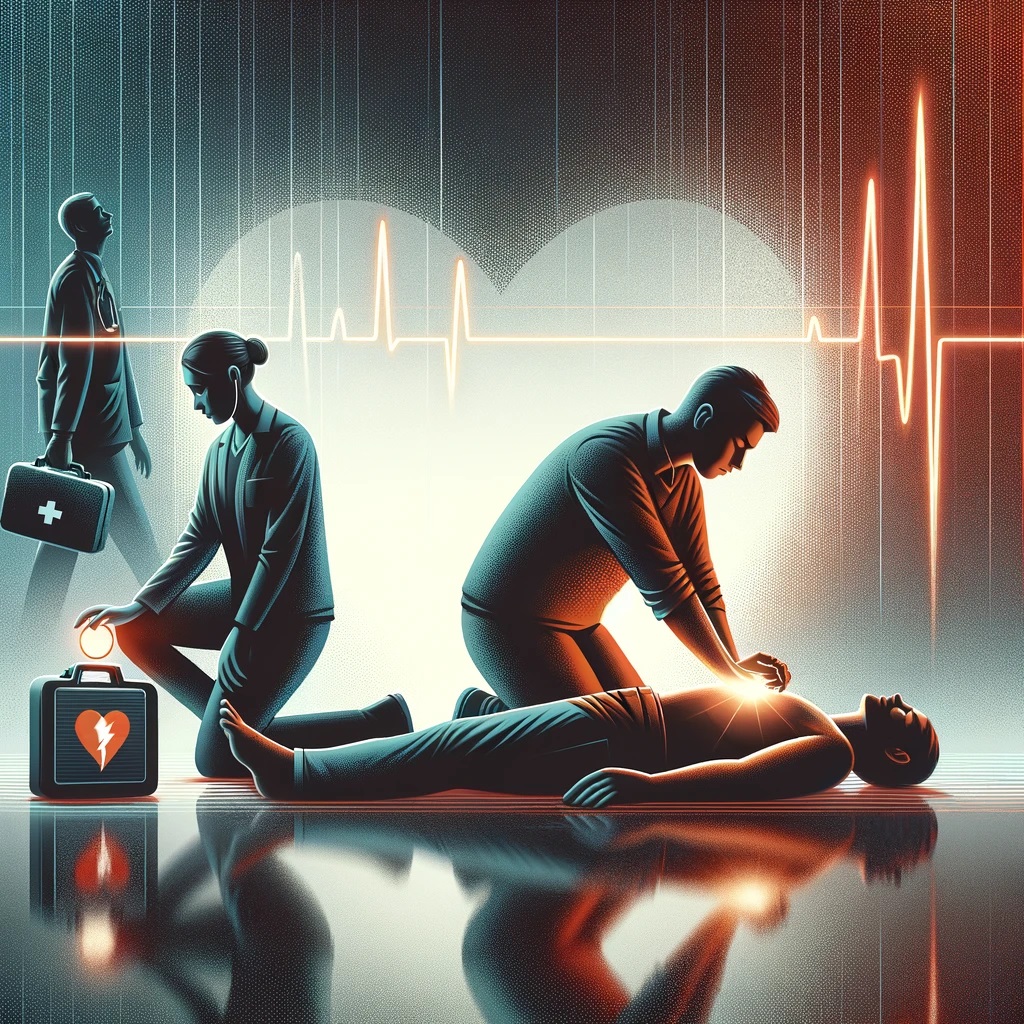
Actionable guidelines for rescuers
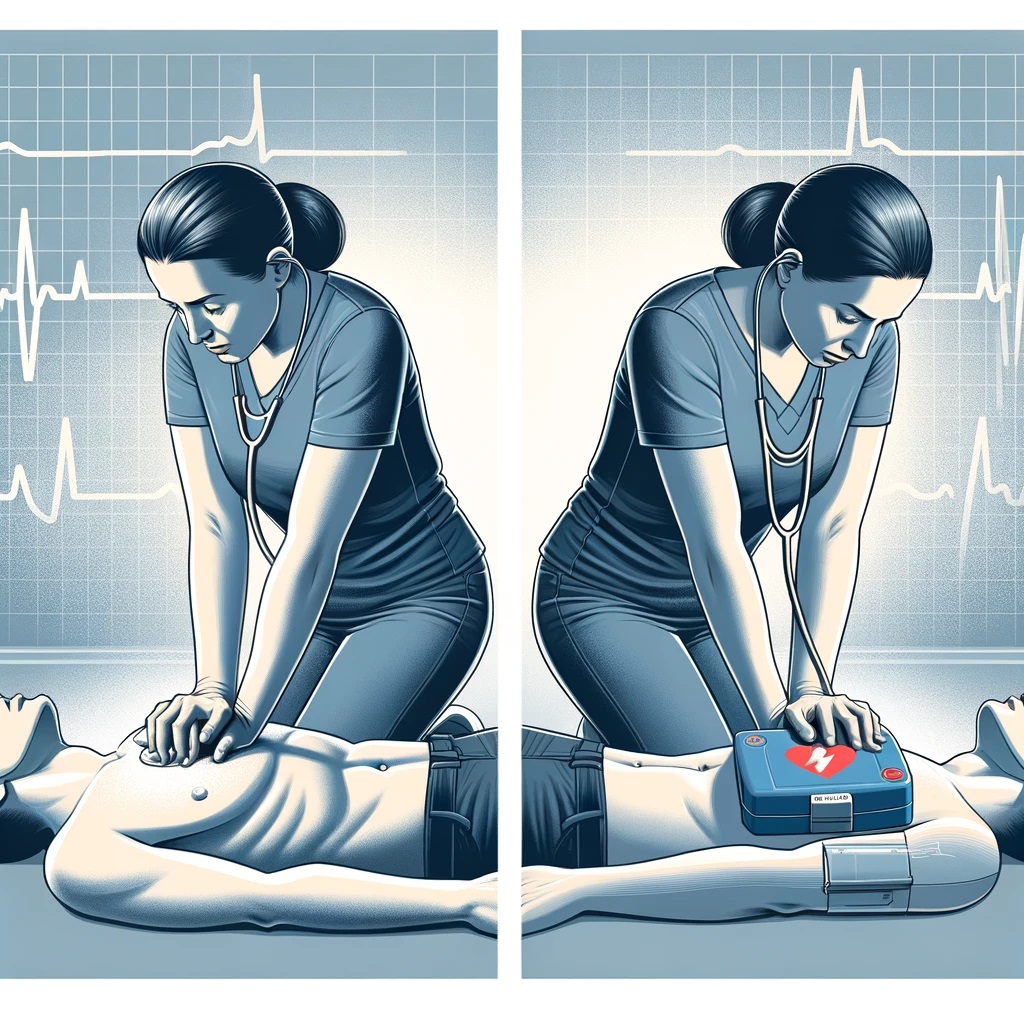
1. Checking responsiveness and calling for help
One of the most critical steps during a sudden cardiac arrest is the immediate assessment. Before starting CPR or using an AED, the first thing any rescuer should do is check the responsiveness of the victim. Shake them gently, ask loudly if they’re okay, and look for signs of breathing. If there’s no response, the next step is straightforward: Call for help. Use a phone to dial emergency services (911 in the US) or shout out for someone nearby to do so. This ensures that trained medical professionals are on their way while you begin your life saving efforts.
2. Starting CPR immediately if no pulse or breathing is detected
Time is of the essence. If the victim isn’t breathing or has no pulse, begin CPR immediately. Position the person on a hard, flat surface, kneel beside them, and begin compressions. Push hard and push fast in the center of the chest. These actions alone can double or even triple the chances of survival.
3. Using an AED as soon as it becomes available
If there’s an AED nearby, someone should retrieve it immediately while another continues CPR. Once the AED is ready, follow the device’s audio or visual prompts. If you’re alone, give CPR until the AED is set up and ready to use. Every minute counts, so the faster you can apply the AED, the better.
4. Continuing CPR between AED shocks and after if necessary
Don’t stop CPR unless the AED instructs you to. After the shock is delivered, immediately resume chest compressions. If the AED advises no shock, continue CPR. Always follow the AED’s prompts until emergency personnel arrive.
5. Guidelines for specific scenarios
Different situations might require variations in the CPR/AED process, such as:
- Drowning: After rescuing the person, start CPR before calling 911 if you’re alone. If you have help, one person should call 911 while the other starts CPR.
- Trauma: If someone suffers a trauma like a fall and isn’t breathing or showing a pulse, start CPR. If they’re breathing but unconscious, try to keep them as still as possible until help arrives to prevent potential spinal injury.
Overcoming Barriers to AED Access and Use
The importance of AED availability in schools and community spaces
The devastating impact of sudden cardiac arrest is not limited to any one location or setting. Schools, where our children learn, play, and grow, can become the very places where a heart stops beating suddenly. Similarly, community spaces, bustling with activity and interactions, are not immune to the sudden nature of these cardiac events. Given the unpredictability of sudden cardiac arrests, the question isn’t whether we’ll encounter such a situation, but rather when and where.
Having an AED within arm’s reach can be the dividing line between life and death. With every passing minute that the heart remains in arrest, the chances of survival diminish by nearly 10%. Unfortunately, several community spaces and educational institutions remain unequipped, not out of neglect, but due to various challenges like financial constraints and lack of awareness.
Crowdfunding and community mobilization through platforms like GotAED
While challenges persist, solutions are on the horizon. One of these solutions, crowdfunding, is a strategy where individuals collectively pool their resources to fund a cause. Platforms like GotAED play a pivotal role in bridging the gap between necessity and availability, by enabling schools, organizations, and community spaces to fund their AED.
Through our platform, they can initiate campaigns, rallying their communities to understand the pressing need for an AED. With each successful campaign, not only does an institution become better equipped to handle emergencies, but the community becomes more educated and aware of sudden cardiac arrests. We provide a space for collective action, emphasizing the adage that many hands make light work.
When people come together, unified by a shared goal, the results can be extraordinary. Schools have been equipped, lives have been saved, and communities have been strengthened. But our work doesn’t end there. Our mission remains clear: to ensure that every school, every community space, is prepared for the unpredictable, safeguarding our future and the hearts that beat within it.
